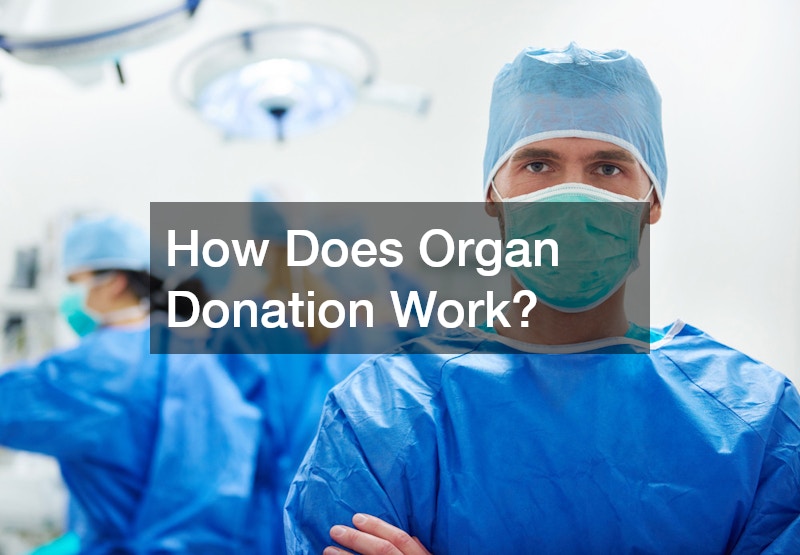Disclaimer: Concordia Research. This site provides general content for informational purposes only.
Organ donation is a powerful and life-saving process that involves transferring healthy organs or tissues from one person to another. This act of generosity can restore health and save lives for people suffering from organ failure due to chronic illness or injury. If you’ve ever wondered how organ donation works, this guide will walk you through the key steps involved in the process.
Types of Organ Donation
There are two main types of organ donation: deceased donation and living donation.
- Deceased donation occurs when a person has passed away, usually due to brain death or severe trauma, and their organs are recovered for transplantation.
- Living donation happens when a living person donates an organ, most commonly a kidney or part of their liver, to a recipient in need. Living donors are often family members or close friends, but in some cases, they may also be anonymous donors.
Registering as an Organ Donor
Whether you decide to donate to Gift of Life or an alternative clinic, one of the first steps in the organ donation process is registering as an organ donor. This can be done online through a national registry or by indicating your wishes when applying for or renewing your driver’s license. By registering, you are agreeing to donate your organs upon your death if they are viable. It’s also important to communicate your decision to your family so they are aware of your wishes in case the situation arises.
The Organ Donation Process
- Evaluation of the Donor: When a registered donor passes away, medical professionals conduct an evaluation to determine if their organs are suitable for transplantation. Factors such as the donor’s age, medical history, and the condition of their organs are all considered.
- Matching Donors with Recipients: After the donor’s organs are deemed viable, the next step is to match them with suitable recipients. This is done through a national organ allocation system, which takes into account several factors, including the recipient’s blood type, tissue compatibility, the urgency of their need, and their location. The goal is to ensure the best possible match for both the organ and the recipient.
- Organ Recovery and Transplantation: Once a match is found, the donor’s organs are surgically removed by a specialized medical team and transported to the hospital where the recipient is located. The recipient undergoes a transplant surgery to receive the organ. For living donations, both the donor and recipient undergo surgery simultaneously, with the donor’s organ being immediately transplanted.
The Impact of Organ Donation

Organ donation can save multiple lives, as one donor can provide up to eight organs for transplant. It also offers tissue donation options that can help people with vision problems, burn injuries, and more. Understanding how organ donation works can inspire individuals to register as donors and potentially change the lives of others in need. To donate to Gift of Life or an alternative clinic, speak to the appropriate experts.



